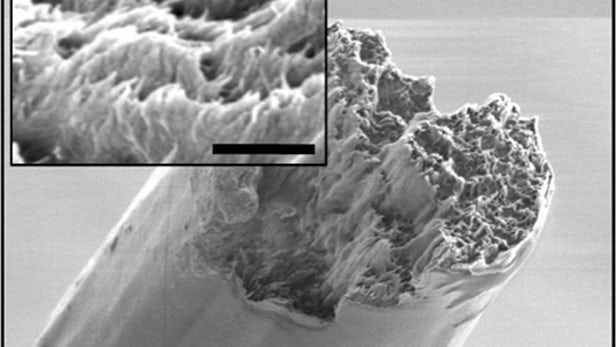
Breaking News
 In my new documentary, Never in America, we pull back the curtain on one of the darkest corners...
In my new documentary, Never in America, we pull back the curtain on one of the darkest corners...
 I just watched what they did to the King family in Washington, and I couldn't stop thinking:
I just watched what they did to the King family in Washington, and I couldn't stop thinking:
 The Superfood They Turned Into a Weed: Why Is It Illegal to Grow This?
The Superfood They Turned Into a Weed: Why Is It Illegal to Grow This?
 Rep. Marjorie Taylor Greene details ''death threats directly fueled by President Trump'
Rep. Marjorie Taylor Greene details ''death threats directly fueled by President Trump'
Top Tech News
 Build a Greenhouse HEATER that Lasts 10-15 DAYS!
Build a Greenhouse HEATER that Lasts 10-15 DAYS!
 Look at the genius idea he came up with using this tank that nobody wanted
Look at the genius idea he came up with using this tank that nobody wanted
 Latest Comet 3I Atlas Anomolies Like the Impossible 600,000 Mile Long Sunward Tail
Latest Comet 3I Atlas Anomolies Like the Impossible 600,000 Mile Long Sunward Tail
 Tesla Just Opened Its Biggest Supercharger Station Ever--And It's Powered By Solar And Batteries
Tesla Just Opened Its Biggest Supercharger Station Ever--And It's Powered By Solar And Batteries
 Your body already knows how to regrow limbs. We just haven't figured out how to turn it on yet.
Your body already knows how to regrow limbs. We just haven't figured out how to turn it on yet.
 We've wiretapped the gut-brain hotline to decode signals driving disease
We've wiretapped the gut-brain hotline to decode signals driving disease
 3D-printable concrete alternative hardens in three days, not four weeks
3D-printable concrete alternative hardens in three days, not four weeks
 Could satellite-beaming planes and airships make SpaceX's Starlink obsolete?
Could satellite-beaming planes and airships make SpaceX's Starlink obsolete?
New wood nanofiber biomaterial steals strength record from spider silk

Now, researchers at the KTH Royal Institute of Technology have developed a new biomaterial out of wood nanofibers that steals the strength record.
Wood is one of nature's sturdiest materials, but that doesn't mean it can't be made even better. Researchers recently "densified" the material to make what they call "super wood," and previous work from the KTH team made wood fibers as strong as steel.
Key to both the previous and current KTH work are what are known as cellulose nanofibrils (CNFs). These tiny fibers come together to make the cell walls of wood strong and stiff, and working out how to assemble them on the nanoscale has helped the team build a stronger material.
The researchers used a flow-assisted assembly technique that involved suspending nanofibers in water, in channels just 1 mm wide. Deionized and low pH water flows through, which helps the CNFs align in the right direction and self-organize into tightly-packed bundles. The resulting material is strong, stiff, lightweight and large enough for practical use, creating what the team says is the strongest biomaterial made so far.

 First totally synthetic human brain model has been realized
First totally synthetic human brain model has been realized Mach-23 potato gun to shoot satellites into space
Mach-23 potato gun to shoot satellites into space

